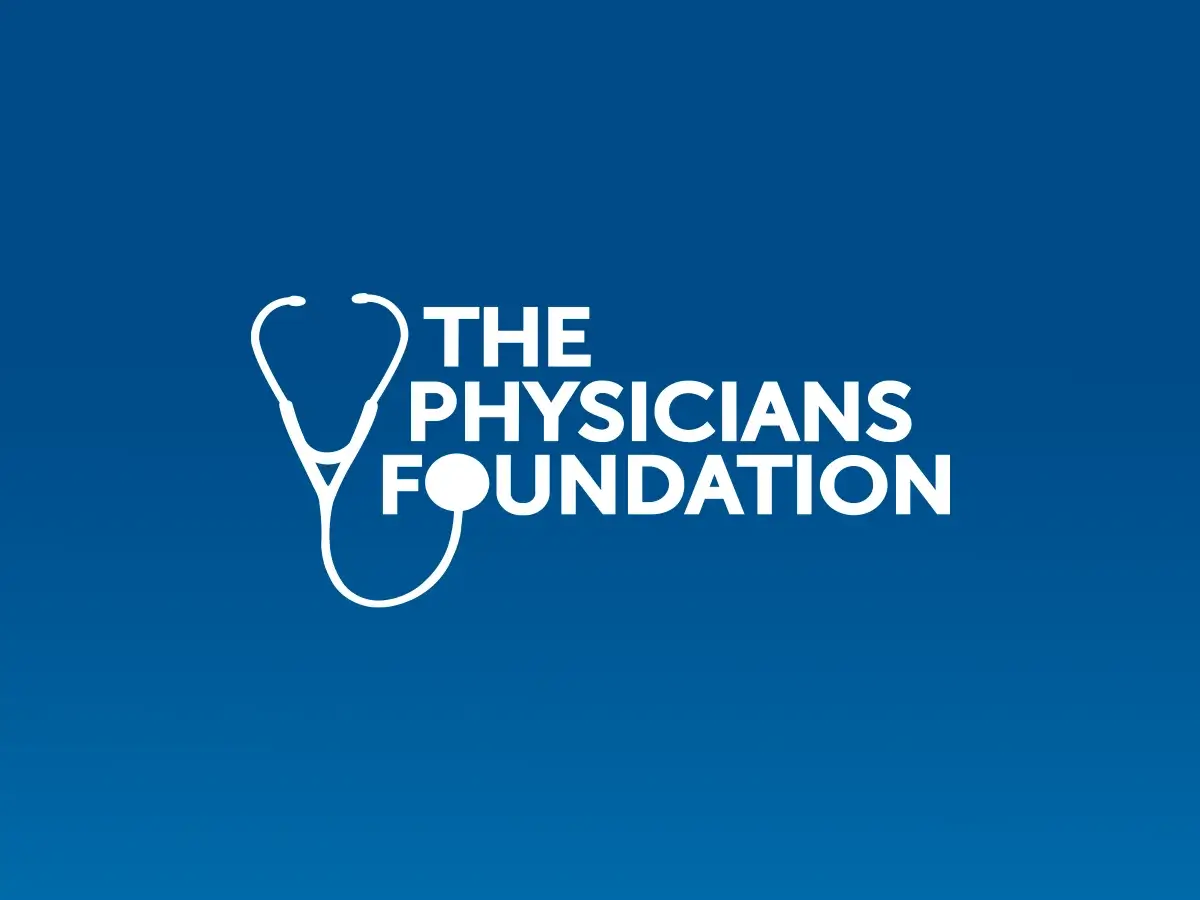
The Physicians Foundation Releases 2014 Watch List
As the New Year approaches and significant changes continue to impact the U.S. healthcare system, The Physicians Foundation – a nonprofit organization that seeks to advance the work of practicing physicians and help facilitate the delivery of healthcare to patients – has identified five key areas that will have major effects on practicing physicians and their ability / capacity to deliver the professional, high quality and compassionate care for which they are trained in 2014.
1. From Consolidation to “Monopolization.” The trend toward medical consolidation is increasing rapidly, and is seen across health care systems and insurance companies alike. Additional consolidation carries the danger of a move toward “monopolization” – eroding competition in the medical marketplace, driving more physicians out of independent practice and increasing healthcare costs due to higher payments for services performed in hospitals. While the ACA may bring new insurance options to some areas, the total number of health insurers has been decreasing for some time through consolidation – making it difficult for physicians to negotiate favorable terms. As this trend continues, many smaller practices may feel pushed toward joining larger health systems not because they are unable to provide high quality / cost-efficient care, but because regional monopolies have control of the market.
2. Growing Regulatory Burden. The Foundation’s 2012 Biennial Physician Survey found that physicians are currently spending 22 percent of their time on non-clinical paperwork. Current regulatory requirements already take a substantial amount of time away from patient care, impacting both efficiency and cost-effectiveness of a physician’s practice. Add to this the looming October 2014 deadline for ICD-10 coding implementation – which will require more documentation, revised forms, re-training of staff and changes to office technology – and this percentage of time spent away from patients will likely continue to increase. The ICD-10 code set for physician practices contains approximately 69,000 codes, a significant jump from the 7,600 codes it is replacing. In addition, this adoption will necessitate the implementation of the next generation of HIPAA electronic transaction standards. It is vital that practicing physicians not only thoroughly prepare for this transition, but also that they speak out about the negative impact this escalation of administrative burdens will continue to have on patient care.
3. Confronting the Confusion. The recent launch of health insurance exchanges is already driving high levels of confusion among patients, physicians and employers. With minimal education and support from the government, many private practice physicians are unsure of how these new insurance policies will affect their practices. Beyond technical glitches related to sign-up, there are concerns among physicians regarding whether reimbursement rates will be lowered, and whether they will be able to control the numbers of exchange-based patients added to their rolls – or if a significant number of their patients will suddenly “disappear” due to changes in insurance coverage. Not only may there be difficulties collecting out-of-pocket charges – since exchange enrollees who have been using emergency rooms for treatment are not as accustomed to paying co-pays and deductibles – but according to a Kaiser Family Foundation study, these patients are likely to have higher medical expenditures. With most primary care practices already overburdened due to a growing shortage of doctors, physicians across America will continue to grapple with confusion over ACA implementation including political and budget issues at the federal and state level while facing increasing pressure on their practices over the coming year.
4. Overcoming HIT Shortfalls. A critical component of health reform is the adoption and integration of health information technology (HIT). One barrier that must be addressed is the fact that many of these systems do not yet communicate with one another. The idea that electronic health records (EHR) would be shareable among physician practices, ultimately creating efficiencies and better patient care, is not happening, nor is it likely to occur in the near future. In addition, rules on how to protect the security and privacy of patient information – beyond what HIPAA has already established – have not yet been set. As physicians and healthcare providers engage in the advancement of HIT, it is imperative that they seek out tools / resources that will help them understand all aspects of EHR adoption and implementation and the impact these new systems will have on the practice of medicine.
5. Health System Stalemates. As the nation’s physicians observe the challenges facing the initial roll-out of the ACA – as well as the drama surrounding the recent U.S. government shutdown – there is growing concern that important issues affecting the healthcare system are not being properly managed. These concerns include the Sustainable Growth Rate, which could trigger a 24 percent cut in physician payments as of January 1, 2014, and ongoing challenges around tort reform and “defensive medicine.” Another prolonged government stalemate could potentially disrupt Medicare and Medicaid reimbursements, putting further pressure on both physician practices and access to care. As the foundation of the healthcare system, physicians require a greater sense of support and clarity from state and federal governments. Otherwise, systemic mistrust could further erode the desire of future generations to pursue medicine as a career.
“While the promise of a better future for healthcare remains, the current path is leading us towards a more monopolistic, bureaucratic and costly healthcare system,” said Lou Goodman, Ph.D., president of The Physicians Foundation and chief executive officer of the Texas Medical Association. “It is critical for policymakers to more regularly seek the counsel of physicians as they begin to implement health reform, since they are the true voice in determining the future of patient care.”
“The Physicians Foundation is committed to not only bringing awareness to the issues facing physicians, but actively researching the critical areas defined in the 2014 Watch List to uncover solutions for a better healthcare system,” said Walker Ray, MD, vice president of The Physicians Foundation and chair of the Research Committee.
